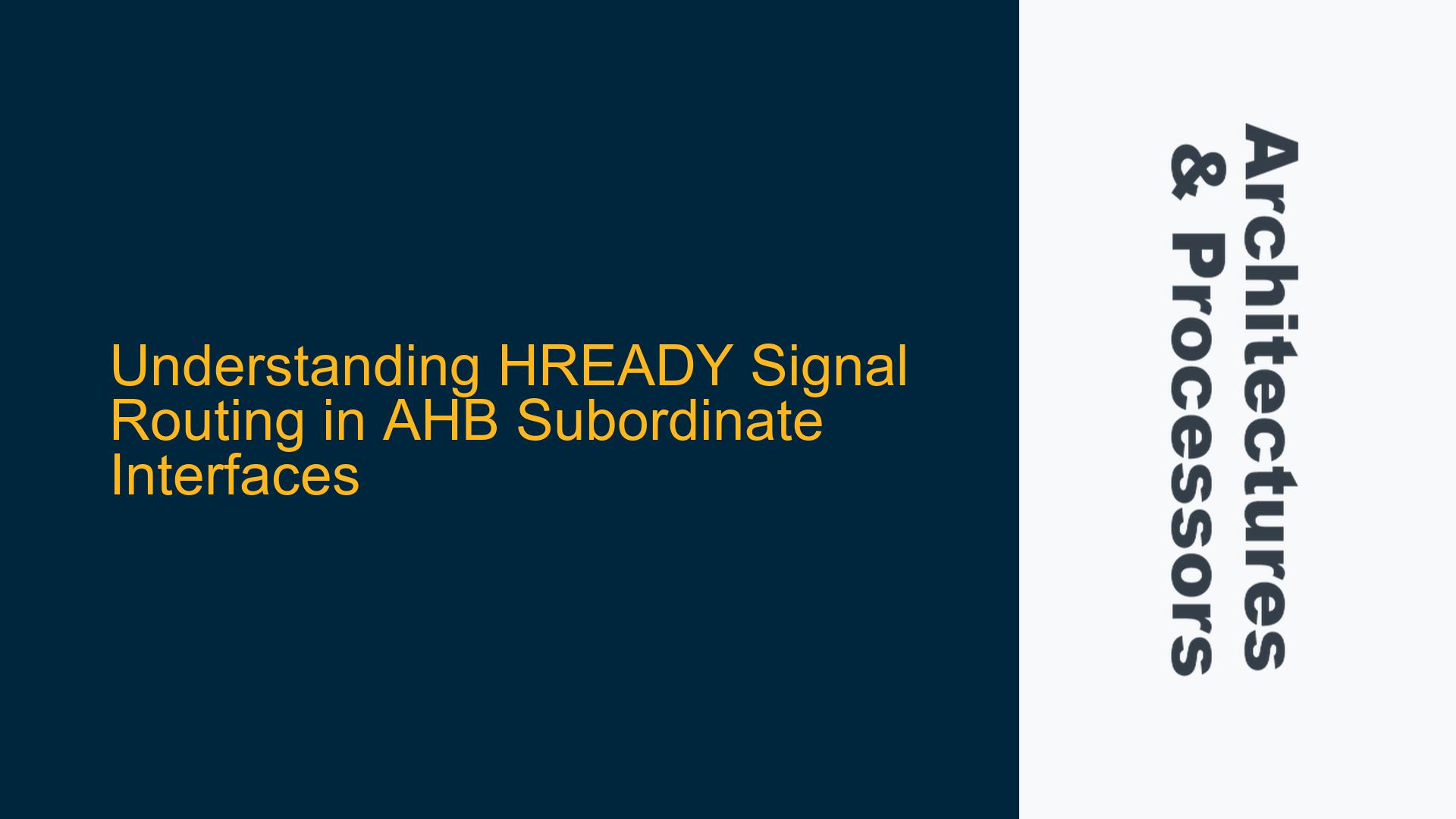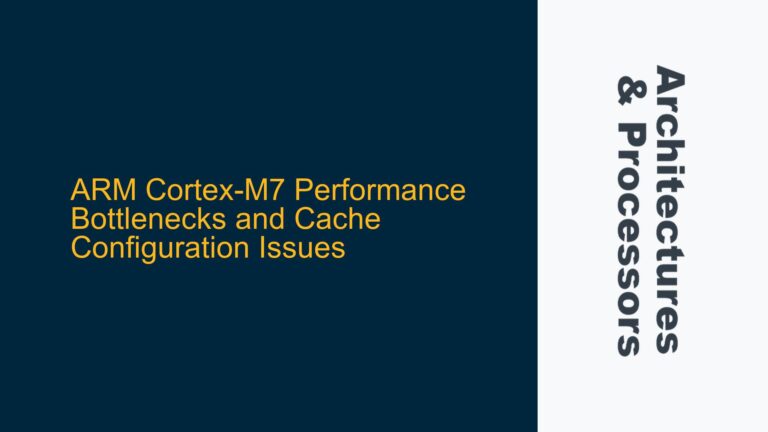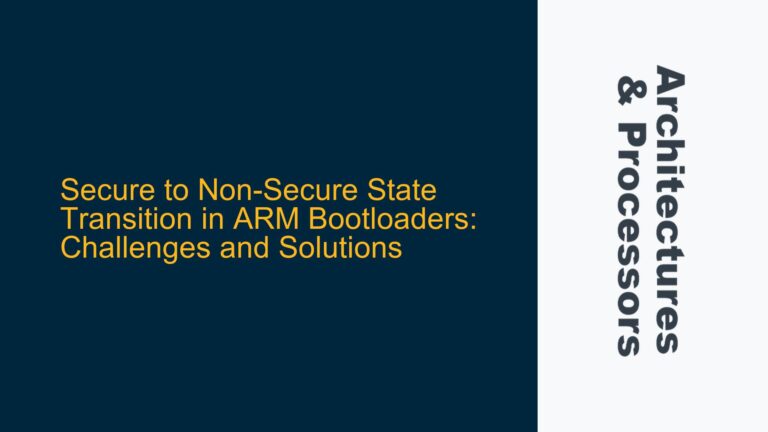AHB Subordinate HREADY Signal Routing and Its Functional Necessity
The Advanced High-performance Bus (AHB) is a critical component in many ARM-based systems, providing a high-speed communication pathway between masters and subordinates (slaves). One of the key signals in the AHB protocol is HREADY, which plays a pivotal role in managing data transfer timing and synchronization. The HREADY signal is bidirectional, with two distinct ports on each subordinate: HREADYOUT (output) and HREADY (input). The HREADYOUT signal is generated by the subordinate to indicate whether it is ready to complete the current data phase of a transfer. Conversely, the HREADY input signal informs the subordinate when the current data phase operation is completing, particularly when the subordinate is not the active one in the data phase.
The routing of the HREADYOUT signal back to the HREADY input of the same subordinate, especially in systems with a single subordinate, may initially seem redundant. However, this routing is essential for maintaining consistency in the AHB protocol, particularly in multi-subordinate systems. In a multi-subordinate configuration, the AHB manager (arbiter) must ensure that all subordinates are aware of the bus state, even if they are not currently active. By routing the HREADYOUT signal back to all subordinates, the AHB manager ensures that each subordinate can synchronize its operations with the overall bus activity. This mechanism is crucial for preventing bus contention and ensuring that data transfers occur in a predictable and orderly manner.
In a single-subordinate system, the routing of HREADYOUT back to HREADY mimics the behavior of a multi-subordinate bus. This design choice simplifies the system’s architecture by maintaining a consistent interface across different configurations. It also ensures that the subordinate can correctly determine when it should transition from the address phase to the data phase, even in the absence of other subordinates. This consistency is particularly important in systems that may be upgraded or modified to include additional subordinates in the future.
Memory Synchronization and Timing Considerations in HREADY Signal Management
The management of the HREADY signal involves several critical timing and synchronization considerations. One of the primary challenges is ensuring that all subordinates are aware of the bus state at the appropriate times. This is particularly important in systems where multiple subordinates may be competing for access to the bus. The HREADY signal plays a key role in this process by providing a clear indication of when the current data phase is completing.
In a multi-subordinate system, the AHB manager must ensure that the HREADYOUT signal from the currently active subordinate is propagated to all other subordinates. This propagation ensures that each subordinate can correctly determine when it should begin its data phase. The timing of this signal is critical, as any delay or misalignment can lead to bus contention or data corruption. The AHB protocol specifies strict timing requirements for the HREADY signal to ensure that all subordinates can synchronize their operations correctly.
In a single-subordinate system, the routing of the HREADYOUT signal back to the HREADY input of the same subordinate ensures that the subordinate can correctly determine when it should transition from the address phase to the data phase. This routing mimics the behavior of a multi-subordinate bus, ensuring that the subordinate can operate correctly even in the absence of other subordinates. This design choice simplifies the system’s architecture and ensures that the subordinate can operate consistently across different configurations.
The timing of the HREADY signal is also critical in systems where data transfers must be completed within specific time constraints. For example, in real-time systems, delays in data transfers can lead to missed deadlines and system failures. The HREADY signal provides a mechanism for ensuring that data transfers are completed in a timely manner, even in the presence of wait states. By carefully managing the timing of the HREADY signal, system designers can ensure that data transfers are completed within the required time constraints.
Implementing HREADY Signal Routing and Synchronization in AHB Systems
Implementing the HREADY signal routing and synchronization in AHB systems requires careful consideration of both hardware and software aspects. The hardware design must ensure that the HREADY signal is correctly routed and that all subordinates can access the signal at the appropriate times. The software design must ensure that the HREADY signal is correctly interpreted and that data transfers are managed correctly.
In a multi-subordinate system, the AHB manager must ensure that the HREADYOUT signal from the currently active subordinate is propagated to all other subordinates. This propagation can be achieved using a multiplexer that routes the HREADYOUT signal to the HREADY input of all subordinates. The multiplexer must be designed to ensure that the signal is propagated with minimal delay and that all subordinates receive the signal at the same time. This design ensures that all subordinates can synchronize their operations correctly and that bus contention is avoided.
In a single-subordinate system, the routing of the HREADYOUT signal back to the HREADY input of the same subordinate can be achieved using a simple loopback connection. This connection ensures that the subordinate can correctly determine when it should transition from the address phase to the data phase. The loopback connection must be designed to ensure that the signal is propagated with minimal delay and that the subordinate receives the signal at the appropriate time. This design ensures that the subordinate can operate correctly even in the absence of other subordinates.
The software design must ensure that the HREADY signal is correctly interpreted and that data transfers are managed correctly. This requires careful management of the timing of data transfers and the handling of wait states. The software must ensure that data transfers are completed within the required time constraints and that any delays are managed correctly. This requires careful management of the HREADY signal and the use of appropriate synchronization mechanisms.
In conclusion, the routing of the HREADY signal in AHB systems is a critical aspect of the system design. The routing ensures that all subordinates can synchronize their operations correctly and that data transfers are completed in a timely manner. The design of the routing and synchronization mechanisms requires careful consideration of both hardware and software aspects to ensure that the system operates correctly and efficiently. By carefully managing the HREADY signal, system designers can ensure that data transfers are completed within the required time constraints and that the system operates reliably and efficiently.






